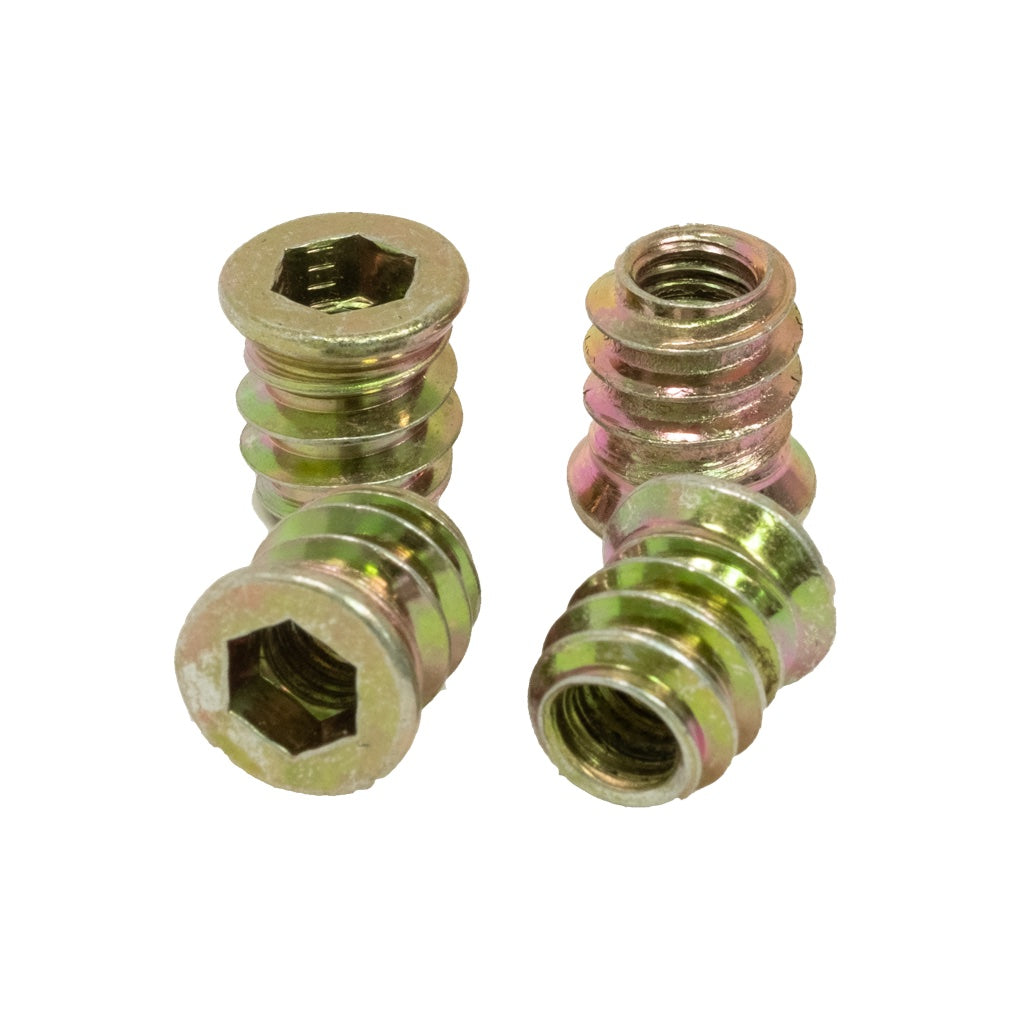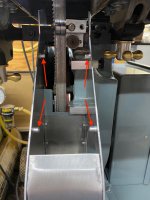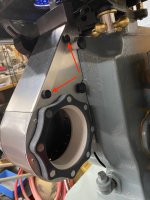Woody Knotsensplintahs
Member
- Joined
- Apr 2, 2019
- Messages
- 140
Hi,
I am considering the unfortunate prospect of routing some access holes into existing and emplaced OSB sheathing on a cargo trailer with 1" steel studs and a thin aluminum outer skin.
The goal is to make access holes approximately 3"x3" that I will then cover with a plate.
I am considering using a router so that I may precisely control the depth of the cutting tool.
I know there is wiring right behind the location.
I would consider a hole saw, but if the tool grabs and jerks inward, there is only an inch of clearance before it will punch through the outer aluminum skin. I could load a hole saw with deadwood to limit the depth, but I am still worried about the final "jerk."
I have never routed OSB, generally despise the material, and primarily associate it with splinters in my fingers and pullouts with my screws.
Nevertheless, it is what I have to work with.
Is template routing a clean hole in 3/8" OSB a possibility?
Would a typical two-cutter template bit work?
Any tips?
Thank you!
I am considering the unfortunate prospect of routing some access holes into existing and emplaced OSB sheathing on a cargo trailer with 1" steel studs and a thin aluminum outer skin.
The goal is to make access holes approximately 3"x3" that I will then cover with a plate.
I am considering using a router so that I may precisely control the depth of the cutting tool.
I know there is wiring right behind the location.
I would consider a hole saw, but if the tool grabs and jerks inward, there is only an inch of clearance before it will punch through the outer aluminum skin. I could load a hole saw with deadwood to limit the depth, but I am still worried about the final "jerk."
I have never routed OSB, generally despise the material, and primarily associate it with splinters in my fingers and pullouts with my screws.
Nevertheless, it is what I have to work with.
Is template routing a clean hole in 3/8" OSB a possibility?
Would a typical two-cutter template bit work?
Any tips?
Thank you!




